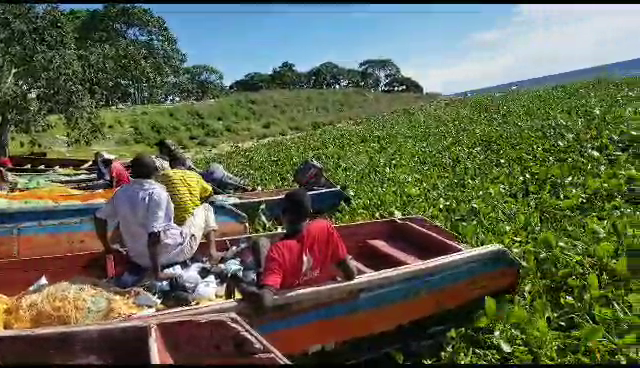Not everything colonial should be perceived as anti-people
As the Commission of Inquiry into Land Matters continues to uncover the rot in our land system, many experts feel that not enough time has been given to understanding the elements that underpin the system.
This calls for examination of the development of land rights from three standpoints namely pre-colonial, colonial, and post-1987 periods.
Most of the ideas held by our politicians, academics and NGOs are predicated on the changes brought about the colonial period, a practice which has led to wrong solutions since nearly everything colonial is perceived as anti-people.
Prior to colonialism, land in the central region was conceptualised in a number of domains in which allodial rights were vested in individuals either in their official capacities or private ones.
For example, allodial rights were vested in the Kabaka over community land (ettaka ly’obwakabaka), which fell to be administered according to designated territories (amasaza) by his chiefs, who held it by virtue of their appointment by the Kabaka to office (ettaka ly’obwami).
From the land held by chiefs in this way, individuals could be allocated rights of user (ettaka ly’obwesengeze) from which such an individual could also give user rights of his own (ettaka ly’obusenze).
Similarly, in the case of clan land, the allodial rights were vested in the head of the clan and administered according to lineages.
This series of trusteeship of land is at the heart of the confusion in land matters because some people who can only see land rights from the perspective of changes brought about in 1900, which introduced the concept of ownership in the Western sense.
The British colonials had the good sense not to abolish the customary system, which they found in place in deference to African civilisation.
Instead in 1900, a number of individuals from king to the peasants in whom allodial rights were invested as trustees for the community, had these rights converted into market rights and full ownership was confirmed by issuance of title deeds for the allodial estates held.
This led to a conflict with peasants rights of user, which were converted from corresponding obligations to a trustee of land to the community at large to a tenancy relationship with the land owner. This development caused the résistance to new changes and the peasants united with clan leaders, whose land had not been brought under the new system.
The contradictions brought about by the new system were settled under a new law, which among other things, introduced the system of a kibanja, which represented an interest in land up to one acre for peasants. The right of the peasants to live on some one’s land was guaranteed, but with a rider that the peasant came on the land with the permission of the owner.
In 1987, the Brundtland Commission, which was appointed by the UN Secretary General to consider how to reduce poverty in low-income countries, issued its report in which it asserted that the three main pillars of sustainable development were economic growth, environment protection and social equality. The promotion of social equality has led to a mushroom of NGOs, who see land rights within the framework of human rights.
Accordingly, we now have an interplay of two types of land rights in our country namely usufructuary rights, market rights and human rights. Not enough thought has been given to the integration of these rights into one integral system, which will give us a universal concept of land rights.
The cases being settled by the commission of inquiry are addressed on a case by case basis without a predetermined framework. This important issue should be addressed the commission.
Mr Mulira is a lawyer.
[email protected]




